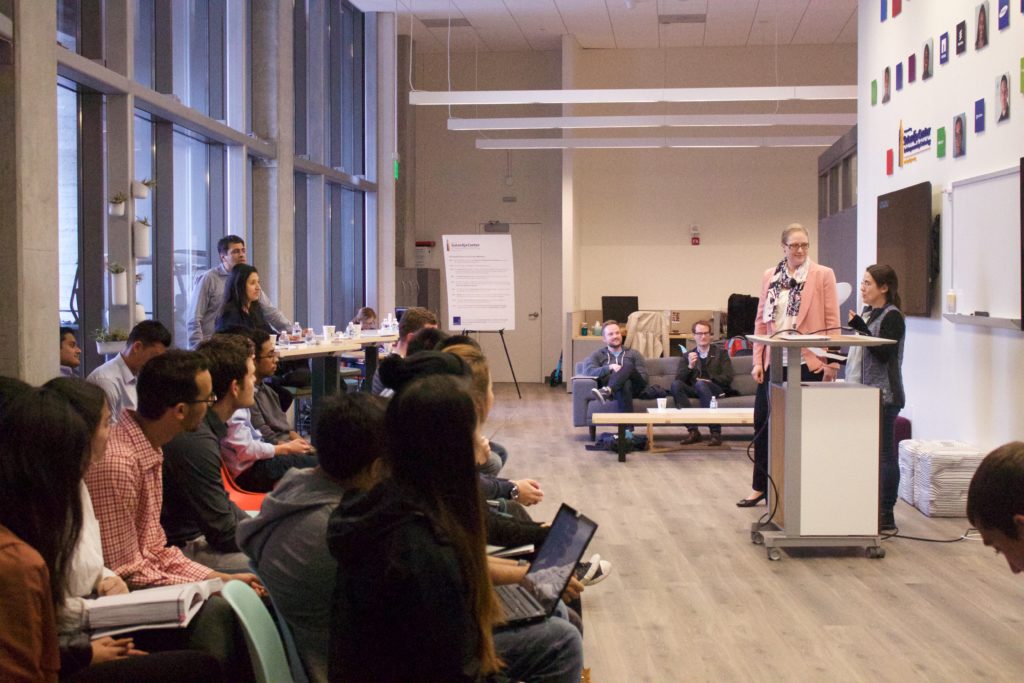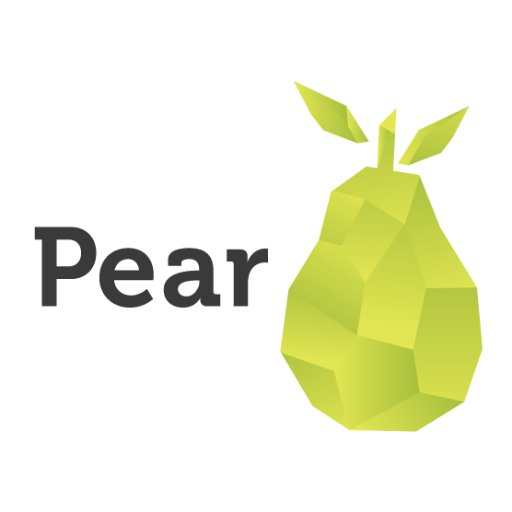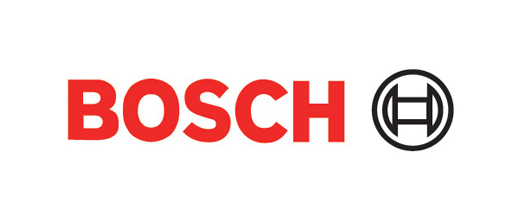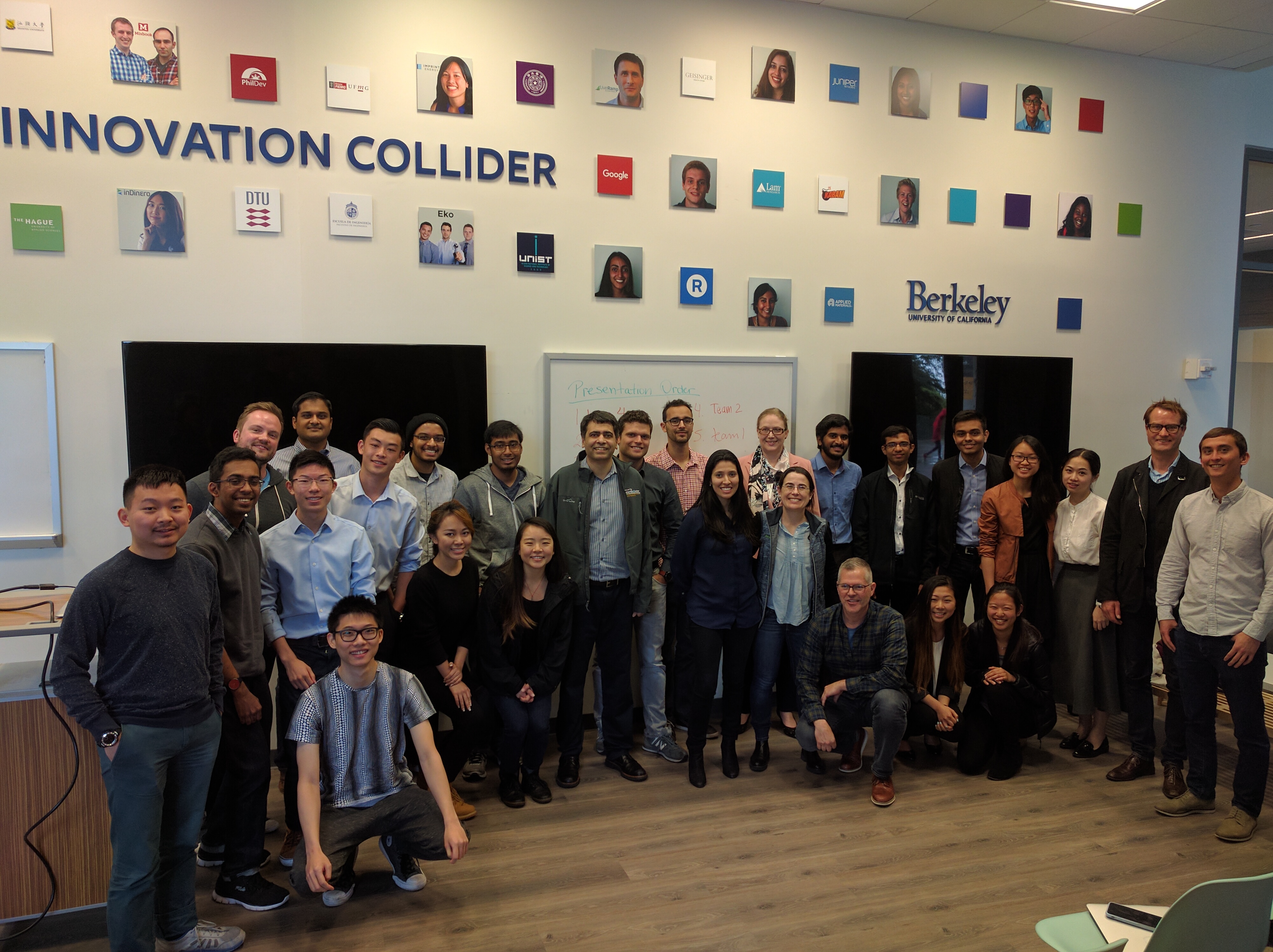Announcing the Designing Cities for Autonomous Vehicles Collider Winners

On April 7th, five teams composed of Undergraduate and Graduate Berkeley students presented their proof-of-concept for new companies that would create a more efficient and safe environment so that autonomous and human-driven vehicles can be used in harmony.
The goal of this Collider Project was to use technologies, such as cameras and sensors, to solve the challenge of reliable sensing of the environment in an increasingly automated world while considering commercial applications for their products.
During the project, students were mentored by UC Berkeley’s faculty and staff, executives of the Bosch Group, lead advisors from Pear VC, mentors from UC Berkeley Institute of Transportation Studies, and City Innovate Foundation. The teams pitched their final business models to a panel of four industry experts after only eight weeks of working on their proof-of-concept for a startup.
This semester, the winning team is Team Locus. They proposed a product that would embed RFID tags into raised pavement markers (RPM). With a RFID tag that delivers localized geographical information, Locus’s product acts as a complement to computer vision technologies that are already in place in many self-driving and semi-autonomous vehicles. The team described the effectiveness and accuracy of their product and how it will reduce road accidents while alleviating congestion in cities and also improve safety for its drivers and car manufacturers.

Team Locus: Vineet J Nair, Sharon Khoo, Anuj Patel, Kartikye Mittal (from left to right), and Abhi Mehta (not pictured)
Locus projects that the number of cars in 2030 with a level 3 or 4 of autonomy to be more than twenty-four million demonstrating the attractiveness of the market.
“At first, we couldn’t clearly see a solution for this project, but breaking it down into specific subsets allowed us to see the problem from different perspectives, and we were able to find a simple solution that we believe would excel the development of autonomous vehicles with safety as our primary concern,” stated Abhishek Mehta from Locus.

Second place went to Team ThirdEye, they examined the problem of the significant number of left turn accidents. Their product created a bird’s eye view sensor that can see the motion of the cars and help prevent this kind of accident from occurring.
This solution consisted of a lidar (laser sensor), computing unit, and sound that all work together to deter the quantity of left turn accidents. For self-driving and other “smart” vehicles, the computing unit will be able to communicate directly with these cars to help put on the brakes before the accident occurs, and for regular cars the unit will emit a directed airhorn-like sound to warn the driver of an impending accident.
ThirdEye plans to get in touch with companies like BMW, Google, Tesla, Mercedes and many more to build their customer base and grow their platform with these established luxury car companies. By connecting with such companies, ThirdEye will be able to have them install the software to communicate with their devices. ThridEye Team: Kyeihong Kim, Apoorv Garg, Tonia Wang, Mihir Patil, Cate Liu, and Sudip Guha.
Third place went to team Driver Assist: Niles Chang, Henry Zhu, Gokul Swamy, and Ashok Sundararajan. The other teams created innovative solutions that ranged from optimizing traffic while reducing accidents to finding more efficient ways to find parking and saving lost time.
In total the three winning teams received five thousand dollars in Amazon gift-cards sponsored by The Bosh Group.


Mar Hershenson, Founding Managing Partner at Pear VC concluded, “SCET Collider on Designing Cities for Autonomous Vehicles was a huge success. Pear had a chance to work with extremely bright teams within a short time span that went from zero to developing innovative, and yet practical ideas.”
SCET thanks our judges, Mar Hershenson, Ikhlaq Sidhu, Martta Lystila, Adam Stocker, and Pierre Maillot for providing feedback to the teams on final presentation day. Special thanks to lead advisor Ali Kashani, lead instructor David Law and Program Manager Danielle Vivo for mentoring and guiding the teams during these eight weeks.
Finally, congratulations to all students who participated in the Spring 2017 Innovation Collider!

